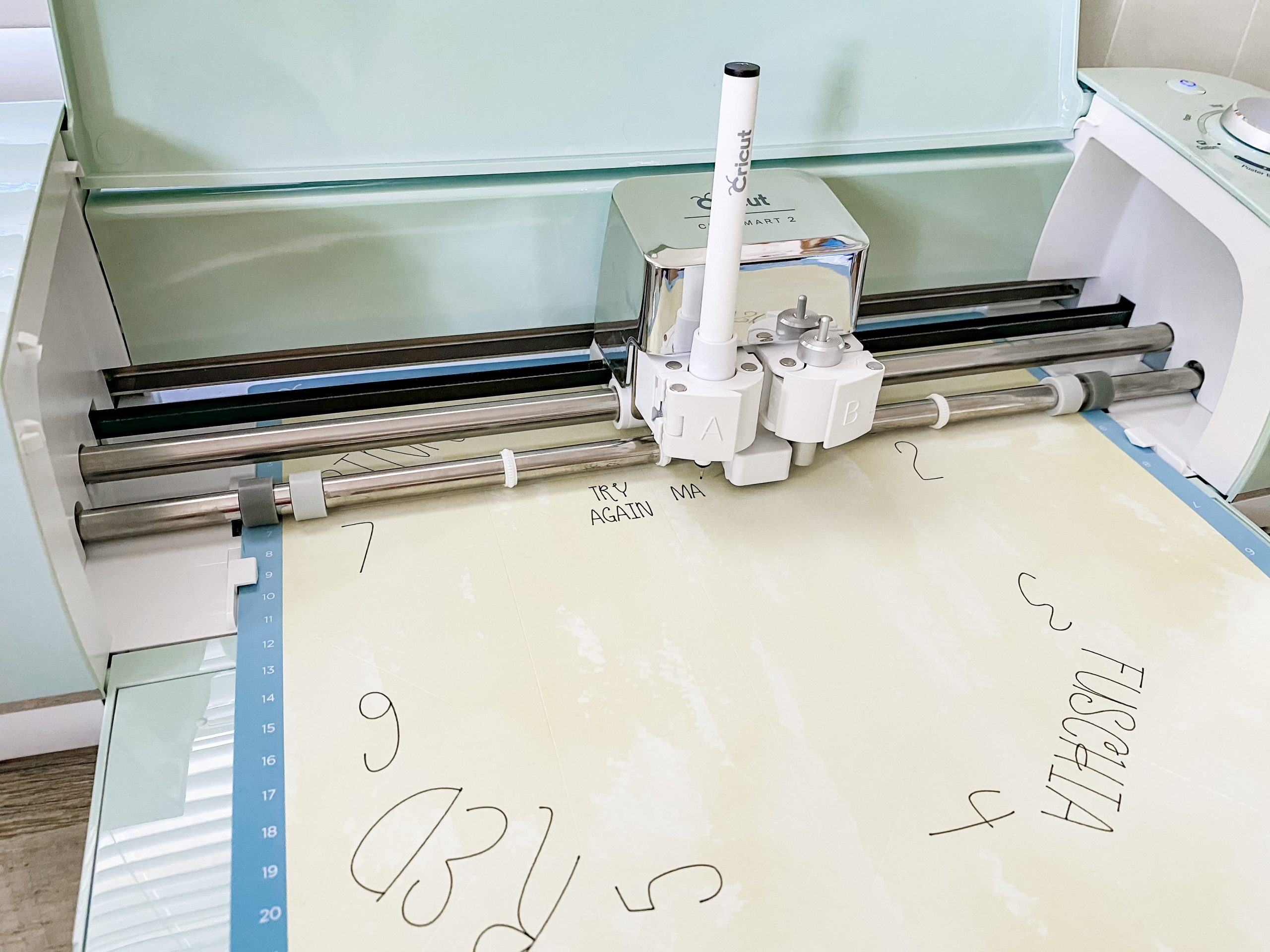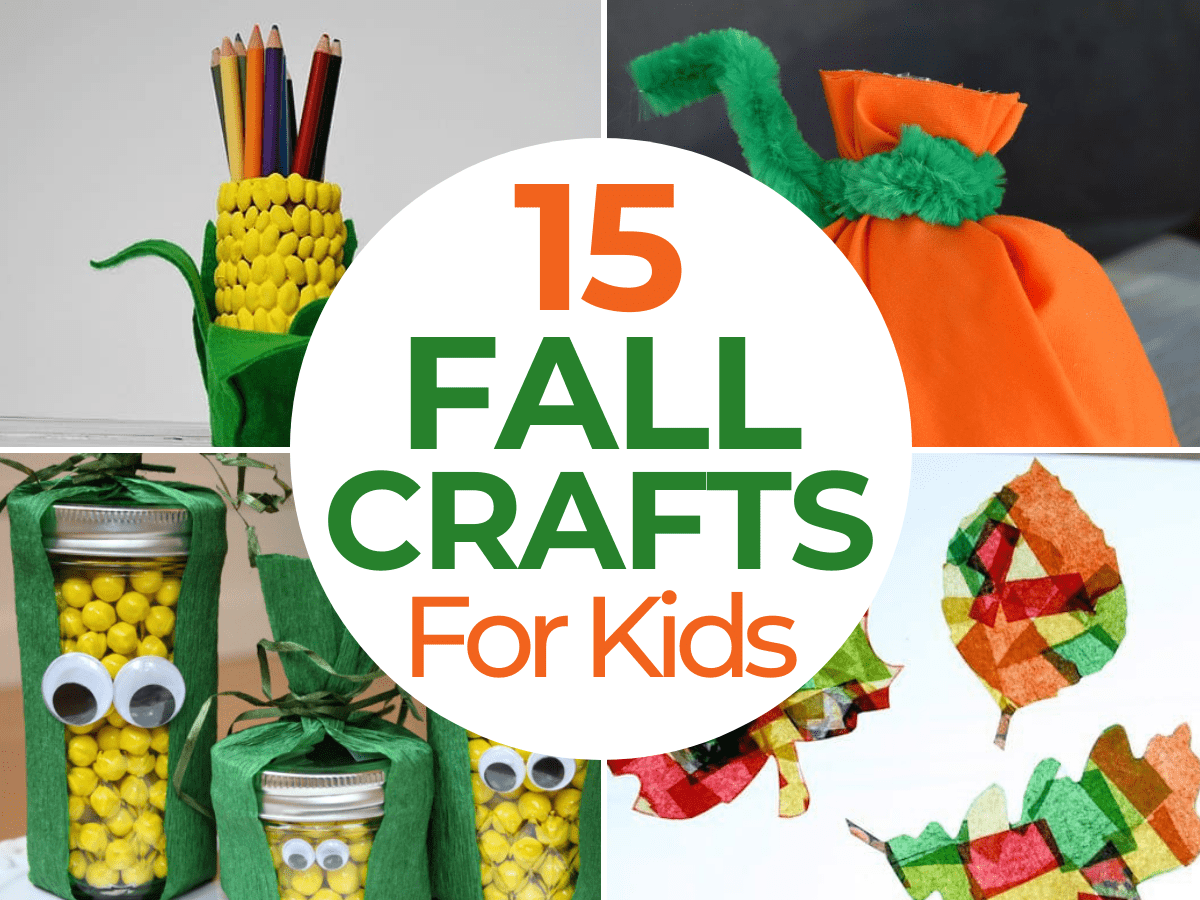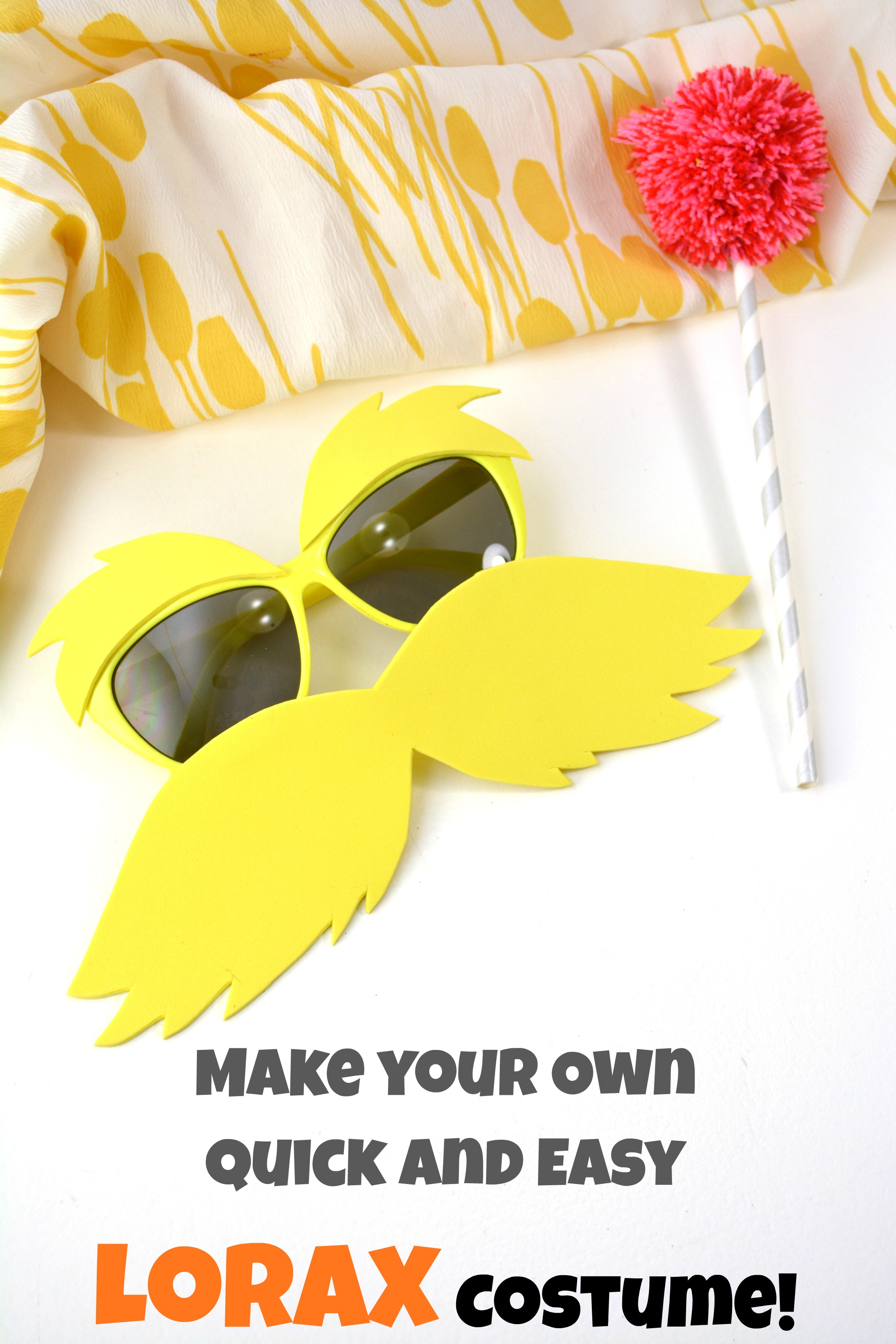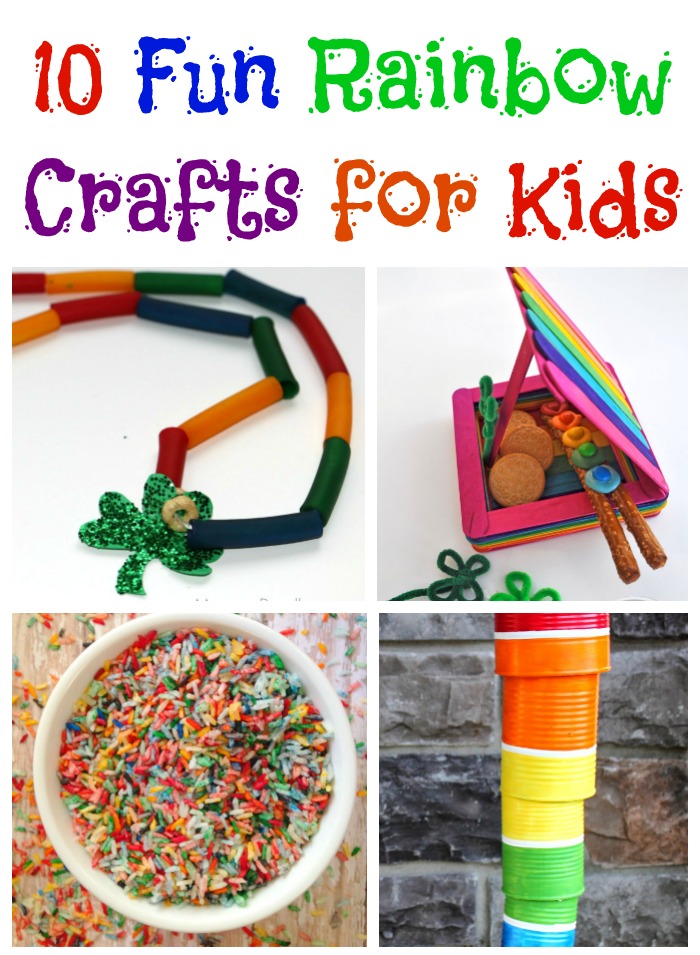Top 7 Reasons to Make Slime with Your Kids
Making Slime with Your Kids is Fun and Educational! If you’ve ever spent time with kids, you know that they love to get messy. The messier the better! That’s why slime is such a fun activity for children of all ages. And what could be better than slime for sensory play? Making slime with your children not only provides an entertaining and creative outlet but also has educational benefits as well. Let’s take a look at some of the reasons why making slime with your kids is a great idea.
Have you ever tried making slime with your children? Making homemade slime is a fantastic way to spend quality time with them, while also teaching them about science. It’s an inexpensive activity that can help foster creativity and imagination. Let’s explore why it is beneficial for children to learn how to make slime.
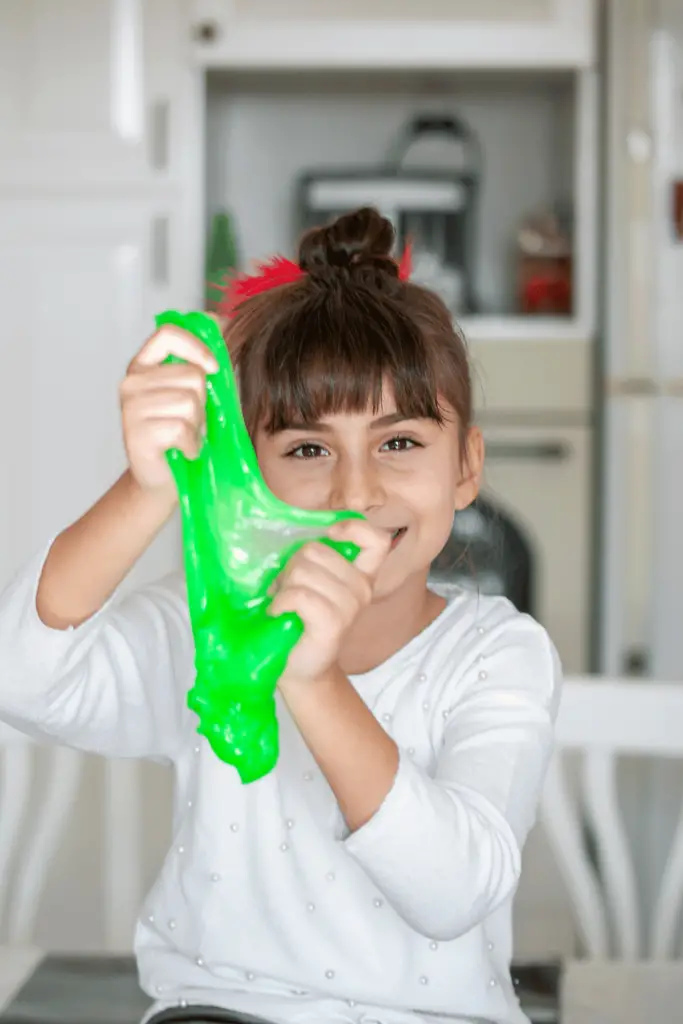
7 Benefits of Playing with Slime
When it comes to being a parent, finding fun activities to do with your kids can be a challenge. But have you ever thought about making slime? Slime is not only an incredibly fun activity but also an educational one. By making slime with your children, you’re teaching them important skills and giving them an opportunity for imaginative play. Let’s take a closer look at why slime is such an excellent activity for parents and children alike.
Slime Is an Engaging Activity for Kids
Kids are always looking for something new to do and slime is a great way to keep them engaged. Not only does making slime provide hours of entertainment, but it also gives children an opportunity to explore their creative side and express themselves in unique ways. As kids mix different ingredients together to make different textures, colors, and shapes of slime, they are learning about problem-solving and creativity.
Playing with Slime Fosters Creativity
Slime can be made in various colors, scents, and textures depending on the ingredients used. This allows for endless possibilities of creativity for both adults and children alike! This opens up conversations about different materials around them – from glitter and beads to food coloring or essential oils – that can be used in creating different types of slimes. You can also try adding other materials like foam balls, sequins, confetti pieces, or any other items you have lying around the house. This encourages children’s curiosity by exploring their senses through touch and smell while allowing their imaginations run wild!
Making Slime is a Great Bonding Activity
Making slime is also a great bonding activity between parents and children. It’s something fun that you can do together while still teaching valuable lessons about following directions and taking turns (especially if there are multiple children involved). Plus, it’s easy enough that you don’t need any special tools or materials – just the necessary ingredients! Afterward, you can all enjoy playing with the finished product together or trying new recipes with different ingredients each time!
Making Slime Teaches Science in a Fun Way
Making slime is a great way to introduce your child to basic concepts of chemistry and science. By making slime, they will understand the scientific process and principles of polymers, as well as the importance of accurate measurements when working with chemicals. They will learn how to read and follow instructions carefully, practice problem-solving skills by troubleshooting when something goes wrong, as well as apply their knowledge in real-life contexts.
Slime Enhances Fine Motor Skills
Making slime requires that your child use their fine motor skills in order to mix the ingredients together correctly. That means they’ll need to practice pouring, measuring, stirring, kneading, and more! Not only will this help improve their hand-eye coordination, but those fine motor skills are essential for writing in school. Making slime is a great way to give your child some extra practice with these skills without it feeling like work or homework.
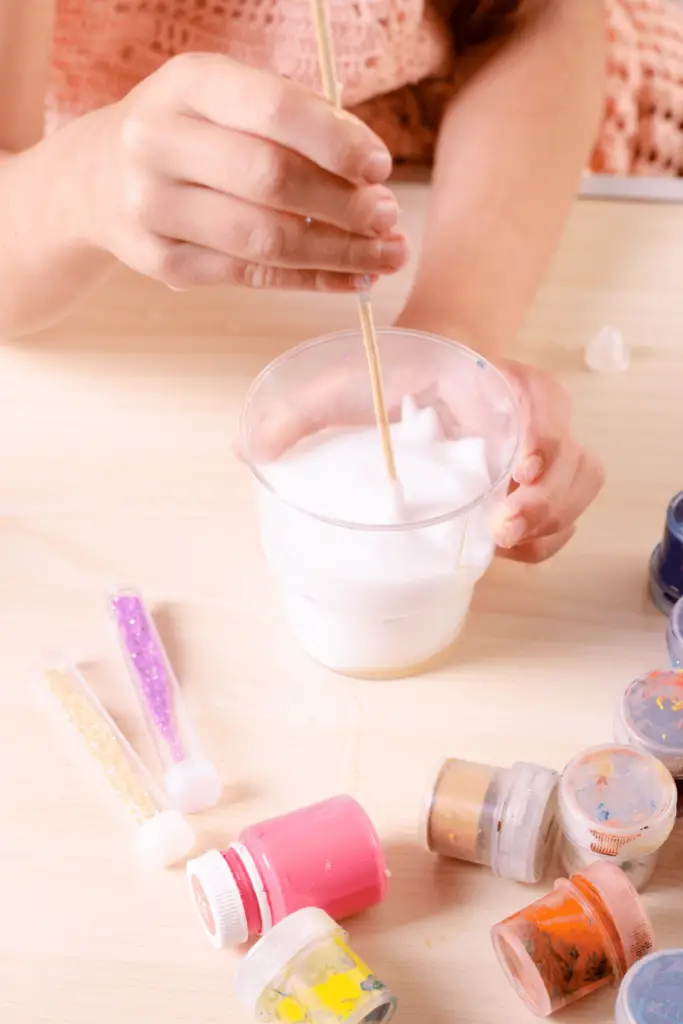
Slime Is Good for Sensory Development
Making slime can also be beneficial for sensory development in children. Slime can be made using all kinds of textures – from gooey and slimy, to crunchy and crumbly – which helps develop tactile skills in kids. Slime also allows children to explore how different substances interact with each other when mixed together, which can help them understand the science behind chemistry concepts like atoms and molecules.
Is Slime a Sensory Activity?
Slime is a great sensory activity for children because it is tactile (it can be touched and felt), visual (it can be seen), and auditory (it makes noise when played with). It is also very messy, which can add an extra level of excitement for some kids! All of these factors make slime a perfect choice for sensory play.
What are the Benefits of Slime for Sensory Play?
There are many benefits to slime for sensory play, including:
- -Promoting creativity and exploration
- -Providing a sense of calm and relaxation
- -Helping children learn about their senses
- -Encouraging tactile development
- -Improving fine motor skills
- -Providing a fun and sensory-rich activity
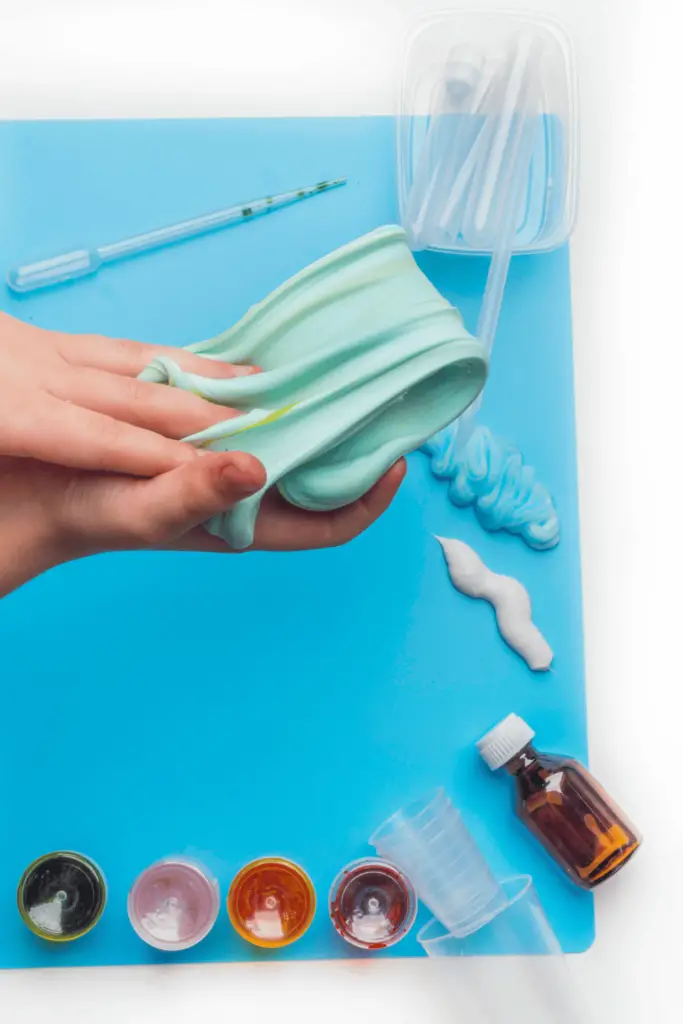
Building Self-Esteem & Confidence
Making slime is not only fun but it can also be therapeutic for children who have difficulty focusing or have problems controlling their emotions. When they succeed in making slime, they are rewarded with a sense of accomplishment which gives them more confidence in themselves and their capabilities. Slime also helps build patience since it requires concentration during its preparation – this teaches kids that good things take time to achieve if done properly!
It’s clear that making slime with your kids is not only a fun activity but one that can be beneficial in many ways too! It’s an engaging activity that promotes creativity and exploration as well as developing important skills like fine motor control, problem-solving abilities, sensory development, hand-eye coordination, and more! So if you’re looking for an enjoyable way to spend some quality time with your children while encouraging learning through play, then why not give making some homemade slime a try? You never know what amazing creations you might come up with!
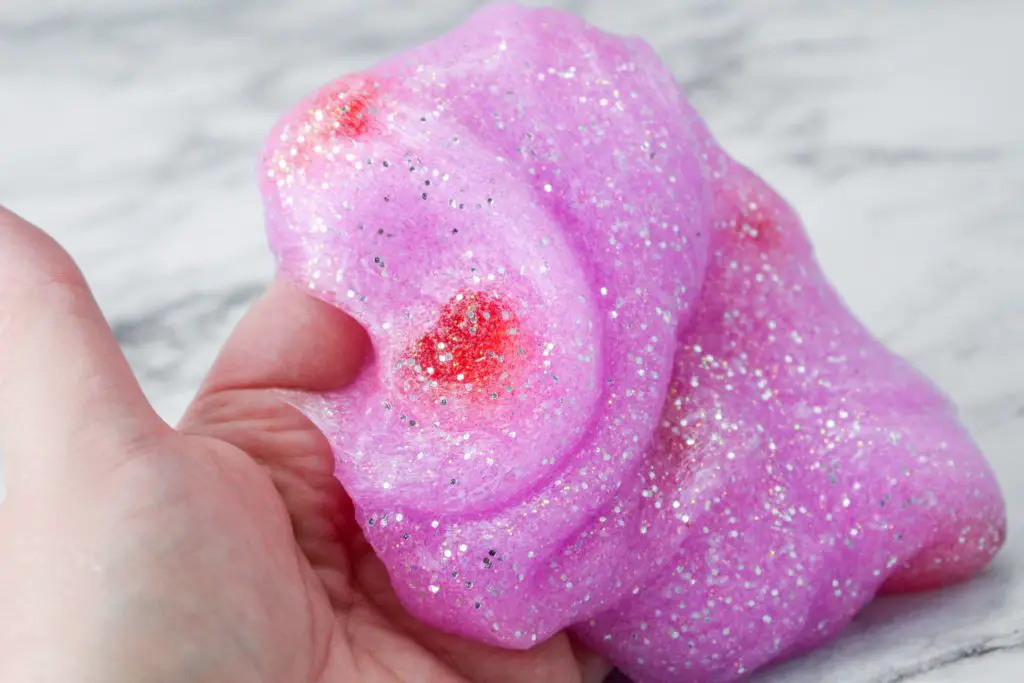
How to Make Slime for Sensory Play
Now that you know all about the benefits of slime for sensory play, it’s time to get started! Here are a few recipes to get you started:

